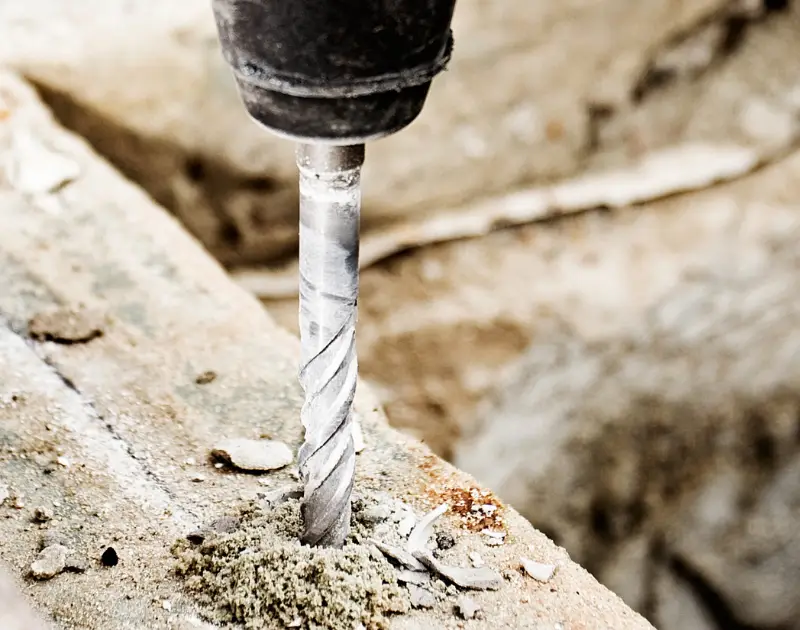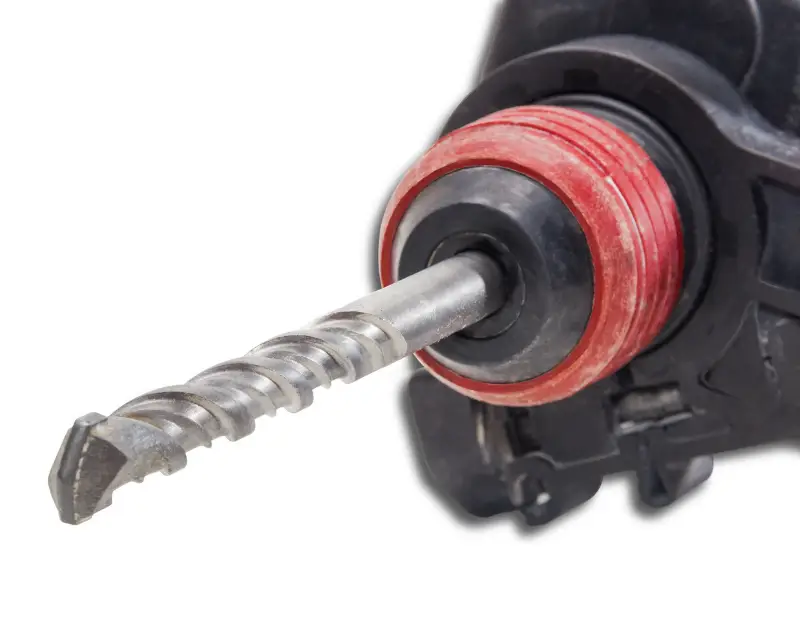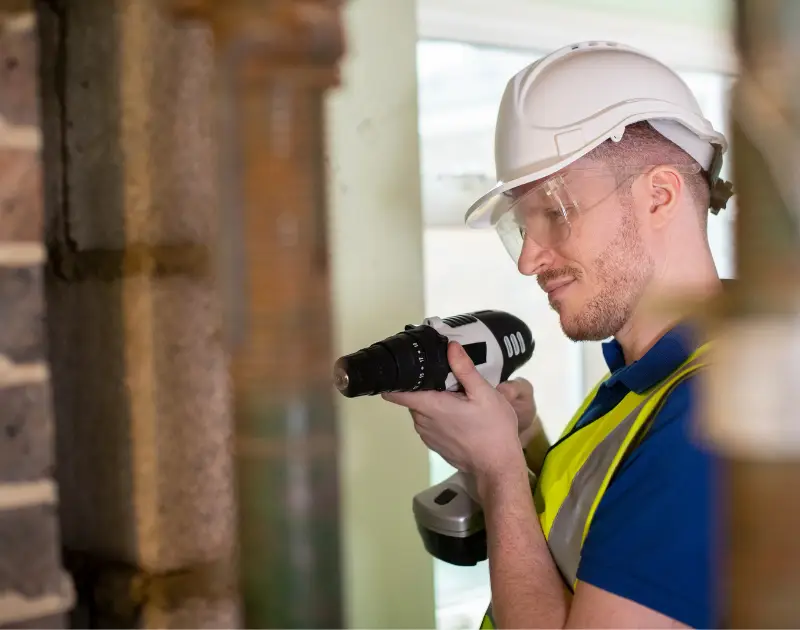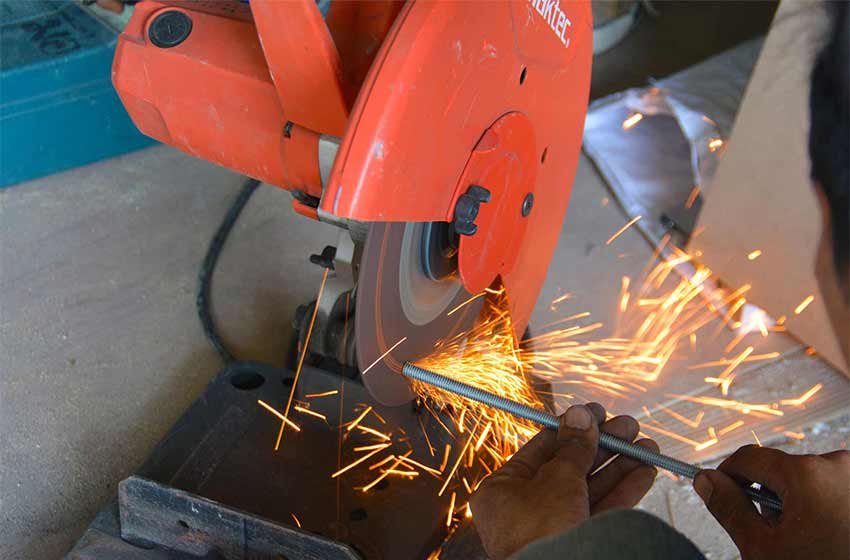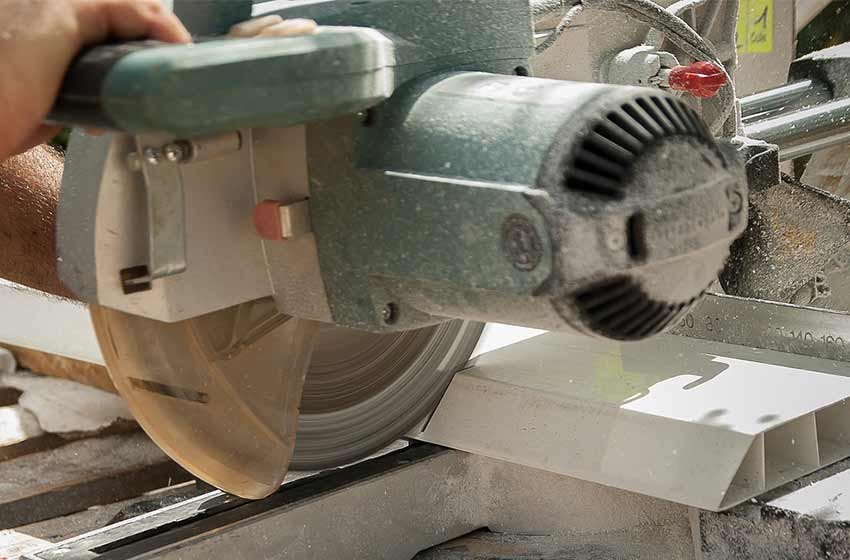Can I Drill Into Concrete Without a Hammer Drill? (Our Best Step By Step Guide)
Hammer drills are typically your go-to tool for drilling into heavy-duty materials such as concrete thanks to their pulsing hammer action which is excellent for drilling into concrete faster due to its extra power and concrete drill bits.
Without hammer drills on hand, you might think concrete drilling is an impossible task, but with masonry drill bits you can use a regular drill for drilling holes in concrete too at a medium speed rate, although this will not be as fast as a hammer drill, you can still drill the hole you need in a few minutes.
In our article below we will cover exactly why you need different sized masonry drill bits with your regular drill, a step by step guide on the drilling process and some tips for using your standard drill to drill into concrete safely.
Why You Need To Use Masonry Drill Bits
If you want to drill into concrete without using hammer drills then you must use masonry drill bits with your regular drill otherwise it won't work.
A regular drill bit is not powerful enough to drill through concrete and will simply snap or wear down in a matter of seconds, these are only designed to be used with softer materials such as wood. Instead, you should use carbide-tipped masonry drill bits as these types of drill bits have a thicker diameter at the tip and do not overheat as easily.
You might be wondering if you can use cobalt or titanium drill bits too for concrete, and while these are strong, they are still not as durable as a diamond core or carbide-tipped masonry bit is for strong materials.
For this task of drilling, you should make sure the variety of masonry drill bits go in sizes ranging from small to large as you will need to make a pilot hole, to begin with, to ensure you don't crack the concrete.
You should additionally ensure that these larger masonry drill bits are of very high quality and buy from a reputable brand to reduce the chances of them wearing down or overheating in your regular drill.
How To Drill Into Concrete With Your Regular Drill & Concrete Drill Bits
Drilling into concrete material with no hammer drill is nothing to be afraid of and is a simple process once you have a quality masonry drill bit.
We have put together our simple step by step guide below that will take you through the details of drilling.
Tools Needed
- An array of masonry drill bits in different sizes.
- Water.
- Hammer & nail.
- Your regular rotary drill.
- Face mask and goggles.
Step By Step
- Step one - First of all, make sure you are wearing your safety equipment to protect your eyes and lungs from debris/dust and keep your variety of smaller and larger masonry drill bits nearby.
- Step two - Fit the tiniest masonry drill bit onto your rotary drill first to make a pilot hole, the smallest diameter drill bit is needed for this stage as it has the sharpest tip to pierce through the concrete at the beginning.
- Step three - After you create the initial small hole with your regular drill in the concrete you can transition to your large diameter masonry drill bit to make the hole bigger until it reaches your desired size.
- Step four - If you encounter any blockages during the drilling project simply remove the regular drill and use a nail and hammer in the hole to loosen the blockage. Hit the nail as many times as needed until the blockage clears away.
- Step five - As you are drilling you need to use water or lubricant to cool the changeable drill bits down, as regular drill types are not meant for these stricter materials the bits have a likelihood of overheating from the friction so it's important to regularly give the standard power drill a break and splash the hole and bit with water.
Tips For Using a Regular Drill In Concrete
Although drilling into concrete with normal kinds of drills is fairly simple, you need to bear in mind that this drill was not made for this job unlike hammer drills are, so you must be careful to not ruin the machine or crack the concrete you are drilling.
We have bullet-pointed a few of our essential tips below for drilling into concrete with a regular drill.
- Consider the concrete age - The older the concrete is that you are trying to drill then harder it will be meaning you might have to use a hammer drill, check the condition of the concrete you are drilling first and see if it has any cracks too, drilling near might cause these to weaken further.
- Go slow - Concrete is tough and brittle so it is important to go at a slow speed to prevent damage to the material and the drill bit, this is why you have to start with a smaller drill bit first then switch out to a bigger one.
- Never force the drill - If your drill gets stuck you might be tempted to just add more pressure when drilling, this is not a good idea, hammer drills can take this extra force while regular drills can't, instead use a hammer and nail to remove blockages as we mentioned above.
- Use the right drill - It's best to use a regular drill with variable torque and speed, this allows you to have more control when drilling, for example, you would want to start on a slow speed when you first make your pilot hole then switch to a faster speed as you increase its diameter.
- Consider renting a hammer drill - Sometimes even with a carbide masonry bit, a regular drill will not be enough to drill through concrete, and rather than sacrificing your power drill and its bits, it might be worth renting out a hammer drill for the project instead.
Frequently Asked Questions About Drilling Into Concrete Without a Hammer Drill
Can a hammer drill be used as a regular drill too?
Yes, most hammer drills nowadays allow you to switch between different modes including a driver mode and a regular drill mode.
What are the advantages of using a hammer drill?
Hammer drills are more durable than regular drills are made for drilling in hard materials due to their high torque and pulsing hammer action, these drills can often be used as a normal drill too and have a fast drilling speed.
Can I use a diamond core bit to drill with?
Diamond core bits are very durable like masonry drill bits but have to be used with a drill that has a safety clutch and a power of over 850 watts, they drill through concrete but should never be used on a hammer drill as the cutting edges can get damaged.
Why is my drill overheating when I use it on concrete?
Your drill might be overheating if you are using it at too high of a speed, using the wrong drill bit or you are not using a coolant/water to cool it down while you drill, keep giving your drill breaks during this process to allow it to recover.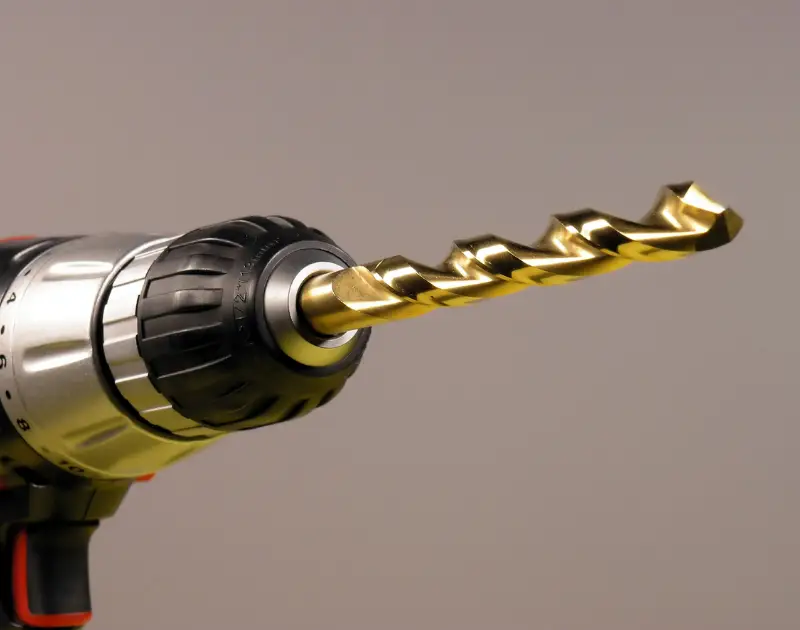
Final Words
Overall, to finish our guide to drilling concrete without a hammer drill, it is very possible to complete your project as long as you have a drill with variable speed and high-quality carbide masonry drill bits on hand.
Always ensure you use your standard drill at a low speed and use water regularly to cool the bit down during use, use a hammer and nail to eliminate blockages and switch to larger bits when you want to increase the hole size.
